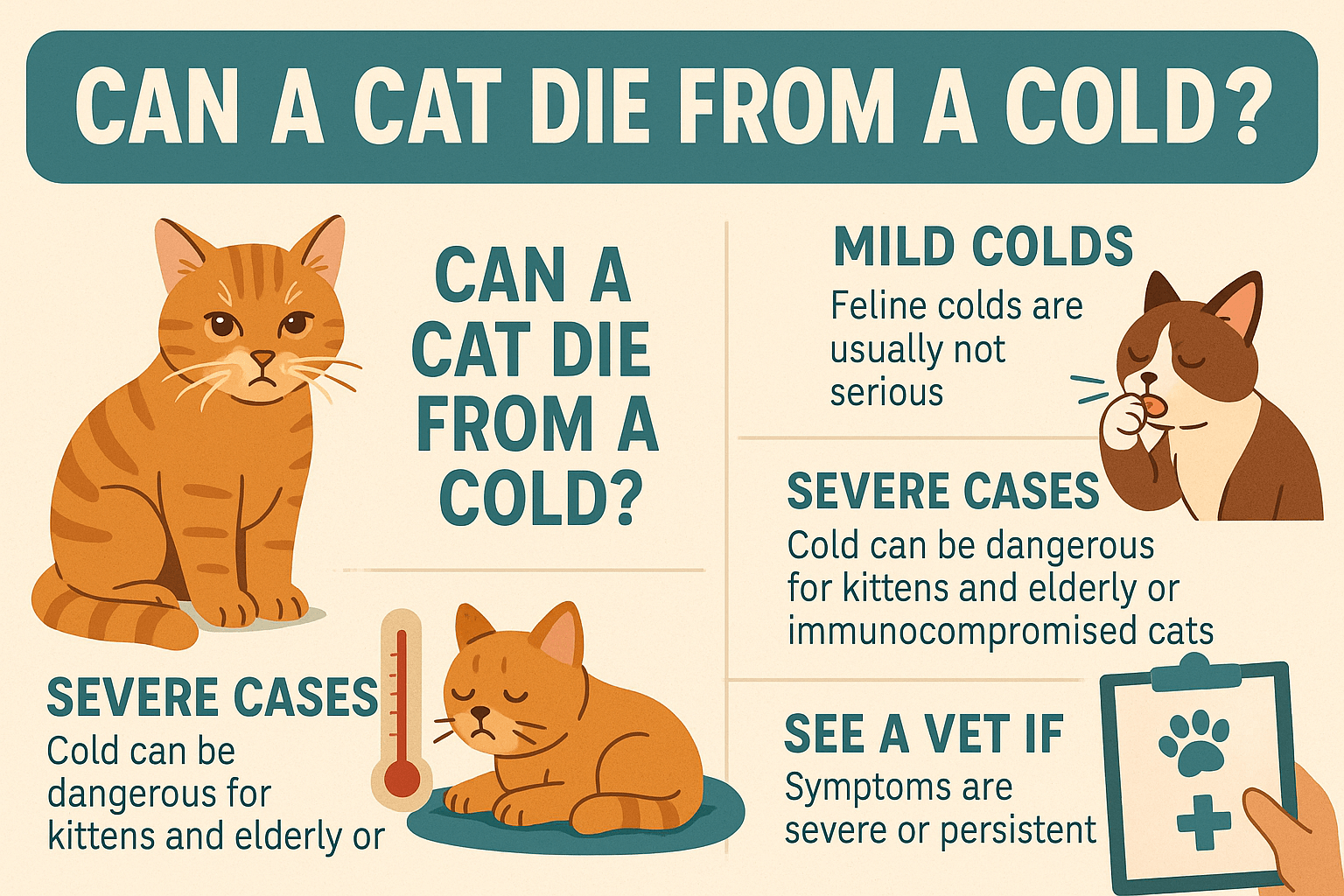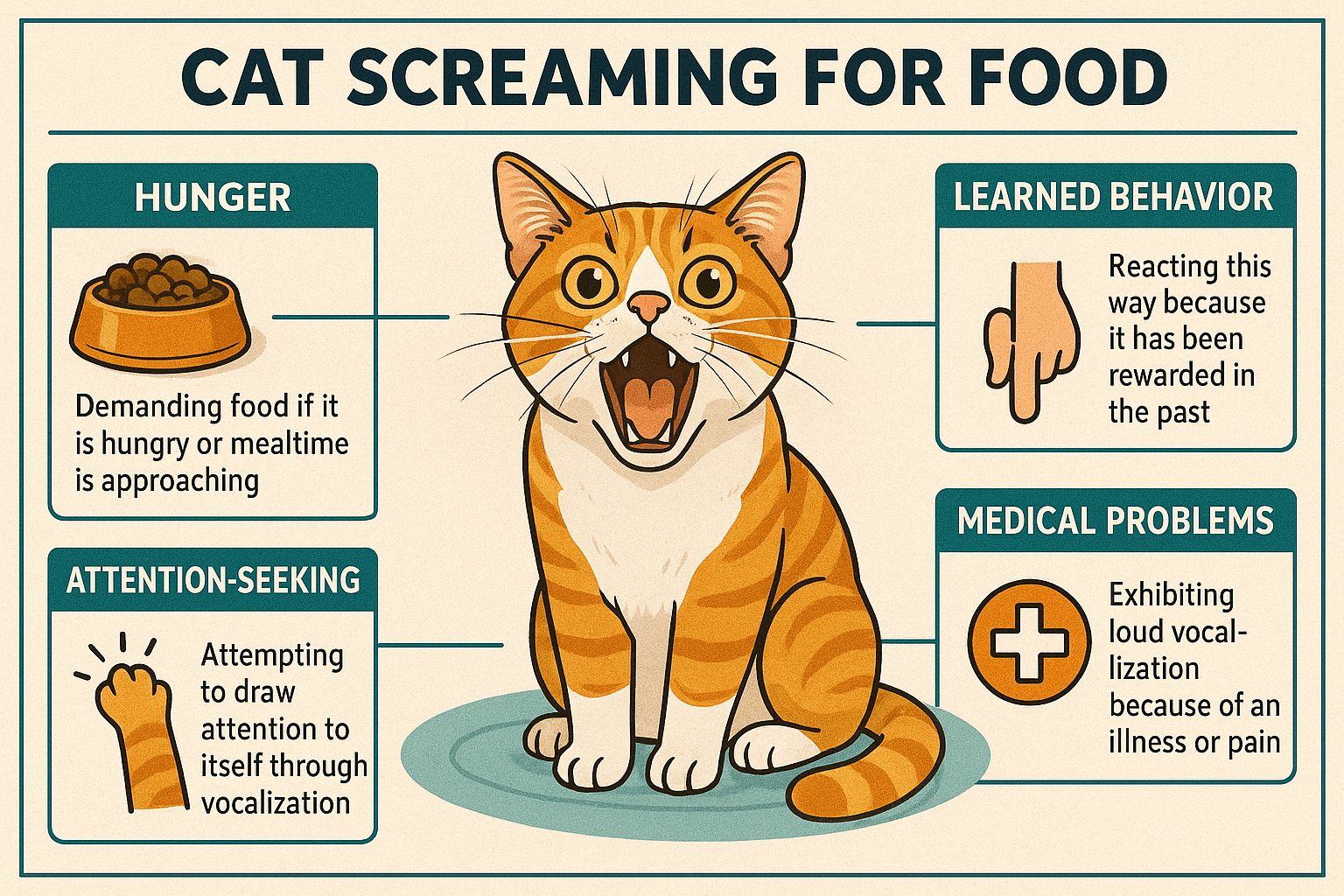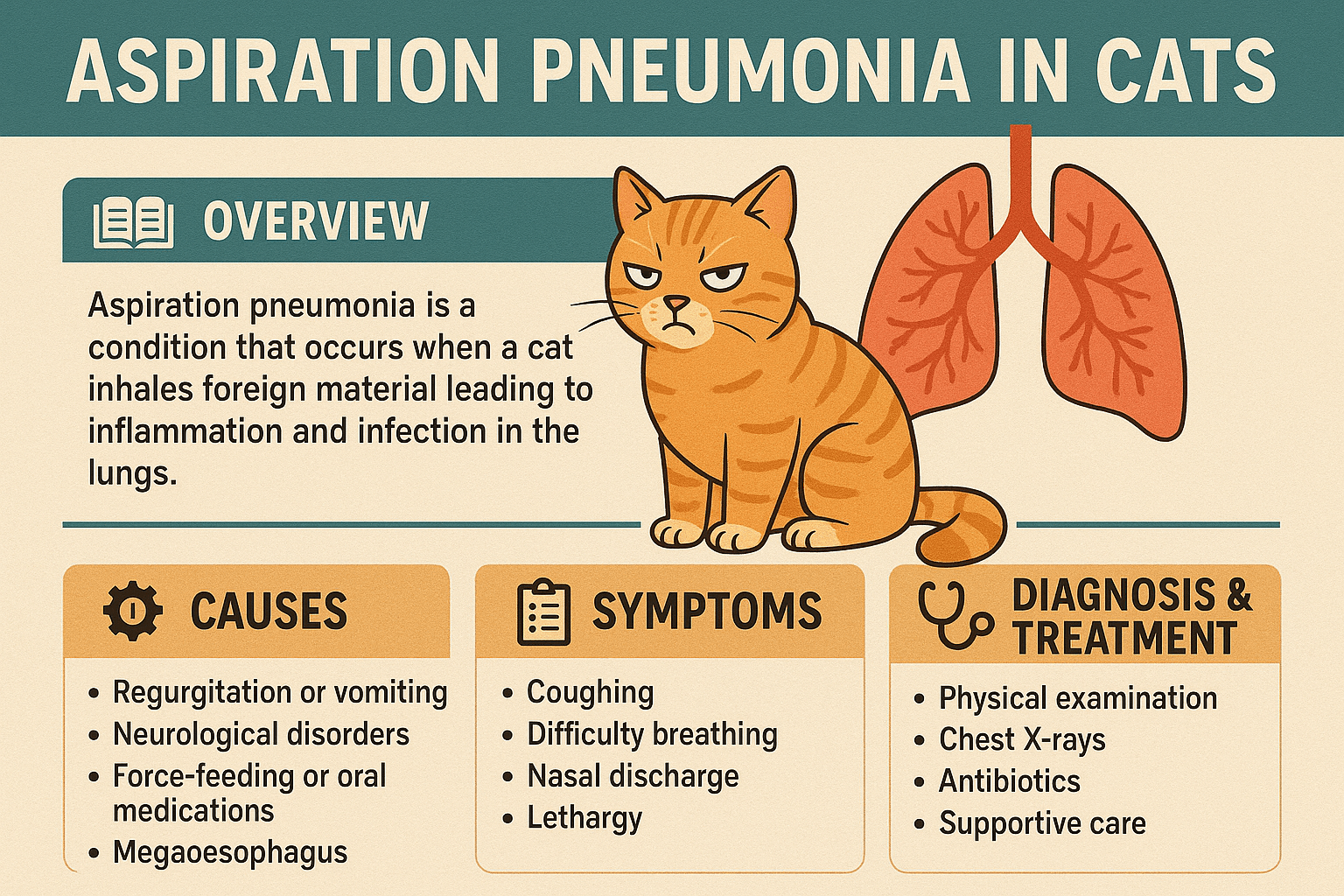Why Does My Cat Not Like to Be Held?
Cats are fascinating creatures, each with their own unique personality and quirks. While some cats enjoy cuddles and being held, others seem to recoil at the mere suggestion of physical affection. If you’ve ever wondered why your feline friend isn’t a fan of being picked up or cradled, you’re not alone.
Many cat owners face this dilemma and struggle to understand their pet’s preferences. In this blog post, we’ll explore the reasons behind this behavior, delve into the psychology of cats, and offer practical tips to build trust and strengthen your bond. Understanding your cat’s perspective can help you create a harmonious relationship that respects their boundaries while fostering mutual affection.
Understanding Your Cat’s Nature
Before diving into specific reasons, it’s important to recognize that cats are naturally independent animals. Unlike dogs, who are pack-oriented and thrive on physical closeness, cats often value their personal space. Their aversion to being held could stem from instinctual behaviors or past experiences. Here are some key factors to consider:
Cats are territorial creatures.
Being held might make them feel vulnerable and out of control in their environment.They have sensitive bodies.
Certain areas of their body may be uncomfortable to touch or hold due to heightened sensitivity.Cats value autonomy.
They prefer to initiate interactions rather than having them imposed upon them.Early socialization plays a role.
Kittens who weren’t handled frequently during their formative weeks may grow up to dislike physical contact.Past trauma could influence behavior.
A negative experience, such as being dropped or mishandled, can leave a lasting impression.
By keeping these points in mind, you can begin to see why your cat might shy away from being held. Every cat is different, and understanding their individual needs is the first step toward building trust.
Signs That Your Cat Dislikes Being Held
It’s essential to pay attention to your cat’s body language when attempting to hold them. Cats communicate their feelings through subtle cues, and recognizing these signs can prevent stress for both you and your pet. Here’s what to look out for:
Flattened ears.
This indicates discomfort or fear and serves as a warning sign.Tail flicking or thrashing.
Rapid tail movements suggest irritation or agitation.Growling or hissing.
Vocalizations like these are clear indicators that your cat wants to be left alone.Attempts to escape.
If your cat squirms or tries to jump away, they are likely feeling trapped.Dilated pupils.
Wide eyes can signal anxiety or overstimulation.
These behaviors are your cat’s way of expressing discomfort. Ignoring them can damage the trust between you and your pet. Always respect their boundaries and give them space when needed.
Check this guide 👉Why Is My Cat Suddenly Clingy? Best 7 Behavior Tips!
Check this guide 👉Why Does My Cat Touch My Face? Best 7 Behavior Tips!
Check this guide 👉Why Is My Cat Licking My Blanket? Best 7 Behavior Tips!

Reasons Cats Dislike Being Held | Tips to Improve Comfort Levels |
|---|---|
Natural independence | Allow your cat to approach you |
Sensitivity to touch | Handle them gently and avoid force |
Lack of early socialization | Gradually introduce holding sessions |
Negative past experiences | Use positive reinforcement |
Preference for control | Let them dictate interaction pace |
How to Build Trust with Your Cat
Building trust takes time, patience, and consistency. If your cat doesn’t enjoy being held, there are steps you can take to gradually acclimate them to physical closeness. Start small and let your cat set the pace. Here are some strategies to try:
Offer treats during calm moments.
Rewarding good behavior encourages positive associations.Use gentle strokes instead of full-body holds.
Focus on areas they enjoy, like behind the ears or under the chin.Sit near your cat without making direct contact.
This helps them get used to your presence without feeling threatened.Speak softly and maintain a relaxed demeanor.
Your tone and energy can influence how comfortable your cat feels.Respect their limits and avoid forcing interactions.
Pushing too hard can lead to fear or aggression.
Remember, progress may be slow, but every step forward strengthens your bond. Celebrate small victories along the way!
Alternative Ways to Show Affection
Not all cats enjoy being held, but that doesn’t mean they don’t crave connection. There are plenty of other ways to express love and strengthen your relationship. Consider these alternatives:
Engage in interactive play sessions.
Toys like feather wands or laser pointers provide mental and physical stimulation.Create cozy resting spots.
Offer soft blankets or beds where your cat feels safe and secure.Spend quality time together.
Simply sitting nearby and talking to your cat can foster companionship.Groom them gently.
Brushing their fur can be a bonding experience if they enjoy it.Provide treats or food puzzles.
Rewarding them with snacks reinforces positive emotions.
These activities allow you to connect with your cat in ways that align with their preferences. Love doesn’t always require physical touch—it’s about understanding and respecting their unique personality.
Understanding Your Cat’s Communication Style
Cats communicate their feelings in a variety of ways, and understanding their signals can help you gauge their comfort level. By observing their body language and behavior, you can better interpret what they’re trying to tell you. Here are some key communication cues to watch for:
Purring doesn’t always mean happiness.
It can also indicate stress or discomfort in certain situations.Slow blinking is a sign of trust.
When your cat blinks slowly at you, they’re showing affection and relaxation.A raised tail with a slight curve at the end signals friendliness.
This is your cat’s way of greeting you warmly.Ears pointed backward suggest fear or defensiveness.
They may be preparing to retreat or react defensively.Rolling onto their back can have dual meanings.
While it might seem like an invitation to play, it can also indicate vulnerability or caution.
By paying attention to these subtle cues, you can better understand your cat’s emotional state and respond accordingly. This mutual understanding fosters trust and strengthens your bond over time.
Common Mistakes to Avoid When Handling Cats
Even well-meaning cat owners can unintentionally make mistakes that upset their pets. These errors often stem from misunderstanding a cat’s needs or preferences. To ensure your interactions remain positive, here are some common pitfalls to avoid:
Holding a cat too tightly.
This can make them feel trapped and lead to panic or aggression.Ignoring their warning signs.
Pushing through behaviors like growling or hissing can damage trust.Forcing interaction when they’re not interested.
Respect their need for space during certain times of the day.Picking them up unexpectedly.
Sudden movements can startle them and create negative associations.Assuming all cats enjoy belly rubs.
For many cats, exposing their belly is a sign of trust, not an invitation to touch.
Avoiding these mistakes shows your cat that you value their comfort and autonomy. By approaching them with sensitivity, you build a foundation of mutual respect and affection.
Creating a Safe and Comfortable Environment
A cat’s environment plays a significant role in how comfortable they feel around people. Providing a safe space where they can retreat and relax is essential for their well-being. Here are some tips to create a cat-friendly atmosphere:
Designate a quiet area for your cat.
This gives them a place to unwind away from noise and activity.Use vertical spaces like shelves or cat trees.
Cats love high perches where they can observe their surroundings safely.Offer hiding spots like boxes or tunnels.
These provide security and help reduce stress during overwhelming moments.Keep their litter box clean and accessible.
A dirty or poorly located litter box can cause anxiety and behavioral issues.Incorporate calming scents or pheromone diffusers.
Products designed to mimic feline pheromones can promote relaxation.
By creating a supportive environment, you show your cat that their needs are a priority. A content and secure cat is more likely to engage positively with you, even if they still prefer minimal physical contact.
Frequently Asked Questions About Cats and Physical Contact
Why does my cat run away when I try to pick them up?
Cats may associate being picked up with losing control, which can trigger a flight response.
Can I train my cat to enjoy being held?
Yes, with patience and positive reinforcement, some cats can become more comfortable with holding.
Is it normal for kittens to dislike being held?
While some kittens adapt quickly, others may need time to adjust based on their temperament and upbringing.
Should I stop trying if my cat shows signs of distress?
Absolutely! Forcing interactions can harm your relationship and cause long-term stress.
What if my cat enjoys being held by others but not me?
This could indicate a lack of trust or comfort specifically with you. Work on strengthening your bond through non-invasive interactions.
Embracing Your Cat’s Unique Personality
Every cat has its own preferences, and learning to embrace those differences is key to a fulfilling relationship. Whether your feline friend enjoys snuggles or prefers to keep their distance, showing respect for their boundaries will deepen your connection. By understanding why your cat may not like being held and exploring alternative ways to bond, you can create a loving environment tailored to their needs. Remember, the joy of sharing your life with a cat lies in appreciating their individuality and cherishing the moments you share—on their terms.
Can a Cat Die from a Cold? Best 7 Expert Tips! Learn how to identify, treat, and prevent feline colds while understanding when to seek veterinary care for your cat’s health.
Cat Screaming for Food: Best 7 Expert Tips! Discover effective strategies to manage your cat's food-related vocalizations and create a peaceful feeding routine.
Aspiration Pneumonia in Cats: Best 7 Expert Tips! Discover causes, symptoms, and treatment advice to protect your cat’s respiratory health and ensure a speedy recovery.
Hip Dysplasia in Cats: Best 7 Expert Tips! Discover expert advice on managing hip dysplasia in cats, from symptoms and prevention to treatment options for a happier, healthier feline life.





